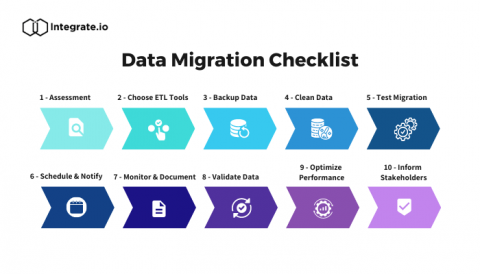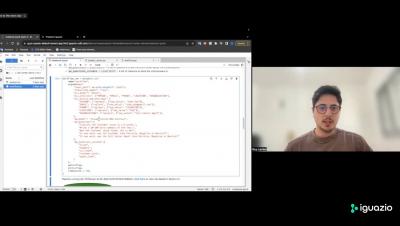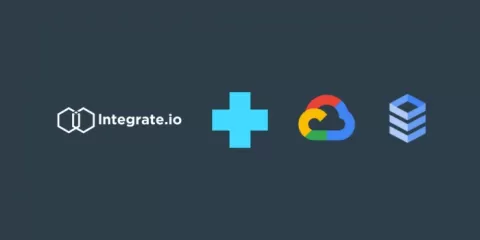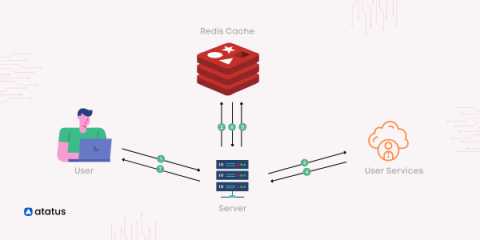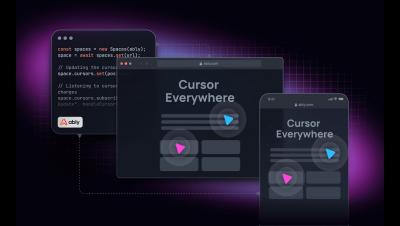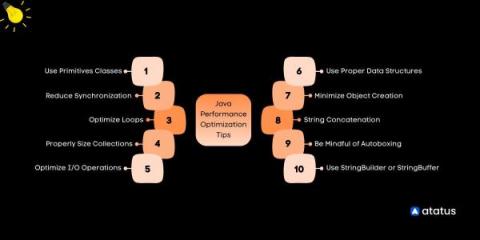Systems | Development | Analytics | API | Testing
%term
ThoughSpot for Google Marketing
What Are Data-Driven Insights & How Do You Uncover Them?
Integrate.io Attains Google Cloud Ready - Cloud SQL Designation, Ensuring Reliable Data Integration
Redis Tutorial: Exploring Data Types, Architecture, and Key Features
In today's digital landscape, data reigns supreme, shaping every facet of modern life. From personal pursuits to corporate endeavors, data's significance is undeniable. Its pivotal role spans industries, driving informed decisions and fueling efficient operations. Businesses harness data's power to decipher trends, understand customers, and adapt strategies. Effective data management, epitomized by Database Management Systems (DBMS), is essential.
Writing a Custom Credo Check in Elixir
Static code analysis is an important tool to ensure a project meets the right code standards and quality. In Elixir, the most popular package for this is Credo. Not only does it offer dozens of pre-made checks, but it also allows you to create your own. In this article, we will walk you through creating a Credo check. We will see how to write the code, enable the check in the Credo config, and make it nice to use. Let’s start!
Cursors Everywhere: An experiment on shared cursors for every website
Java Performance Optimization Tips
Java performance optimization is crucial for several reasons. First and foremost, it directly impacts the user experience. Faster and more responsive applications lead to a better user experience, reducing loading times and response delays. Users expect applications to be snappy and efficient, and optimization helps achieve this, enhancing user satisfaction.
A Full Guide To Telecom Testing (With Tools, Test Cases, and Best Practices)
We live in a highly interconnected world, and that interconnectedness couldn’t have existed without the tremendous contributions from the telecommunications industry. With 5G technology finally becoming mainstream, IoT growing at a rapid rate, and AI tech gaining prominence, the telecom industry is surely up for an exciting future. This faster-than-ever growth comes with the need for robust, continuous telecom testing to always maintain a high standard of service quality.


